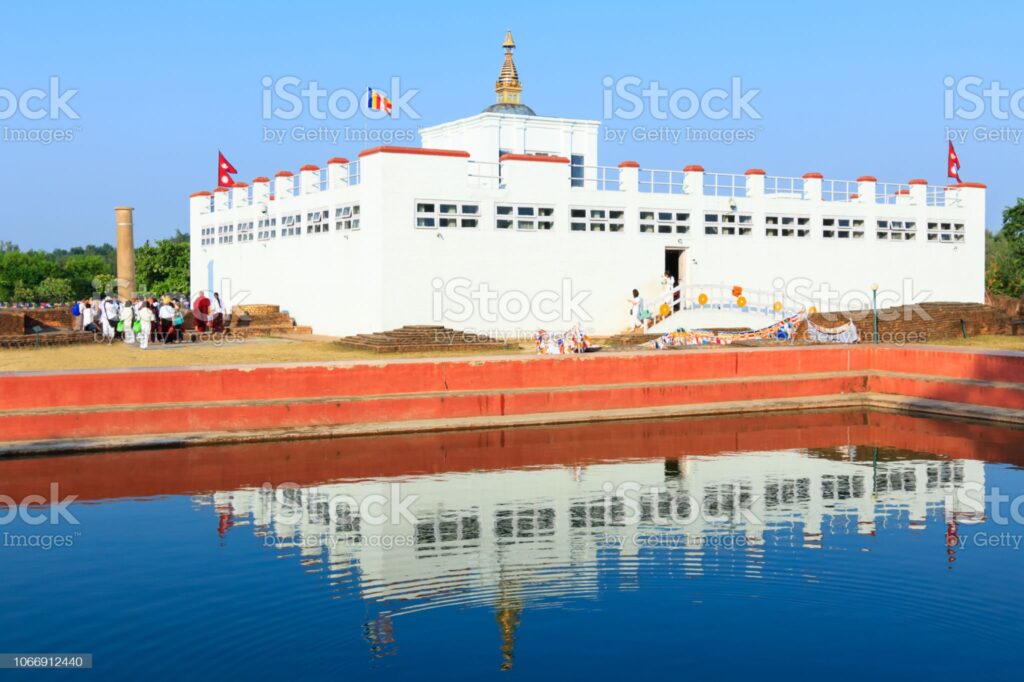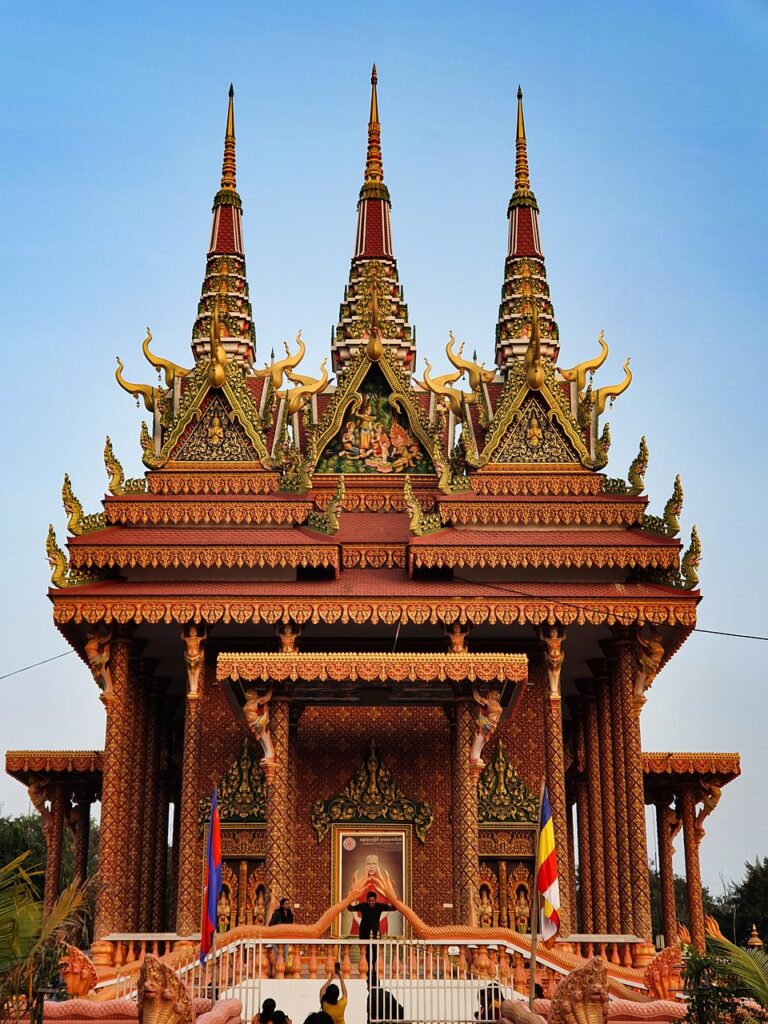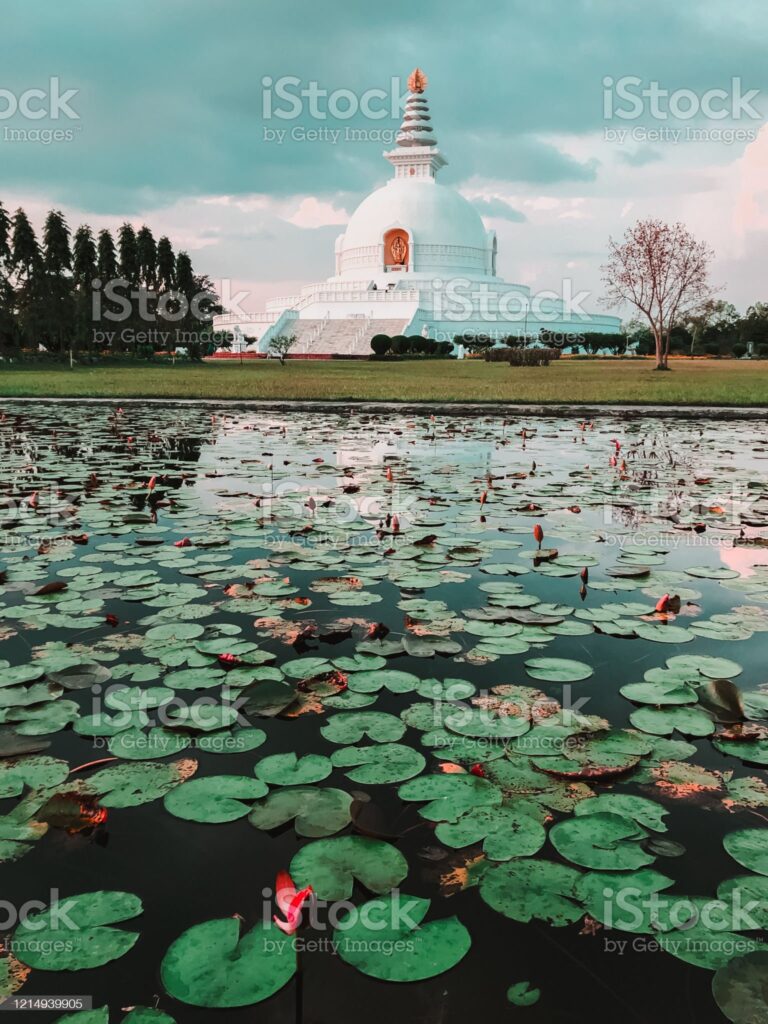Lumbini: Mahatma Budh’s Motherland

Mahatma Buddha, also known as Siddhartha Gautama or simply Buddha, was born in Lumbini, which is located in present-day Nepal. Lumbini considered the birthplace of Buddha and marked as a significant pilgrimage site for all the Buddhists in the world. It is a UNESCO World Heritage Site and contains various monuments and archaeological remains associated with the life of Buddha, including the Maya Devi Temple, which marks the spot where Buddha was believe to born.
Lumbini: The Birthplace of Mahatma Buddh: Lumbini, nestled in the lush plains of southern Nepal, is an ancient and revered pilgrimage site that holds profound significance in Buddhist history and spirituality. This hallowed ground is the birthplace of Siddhartha Gautama, the prince who would later become the enlightened teacher and spiritual leader known as Buddha. Lumbini’s historical and spiritual importance transcends borders, attracting visitors from around the world to pay homage to the luminary figure of Buddhism.
Maya Devi Temple: The Sacred Birthplace: At the heart of Lumbini lies the Maya Devi Temple, a sacred sanctuary that marks the precise spot where Queen Maya Devi, Siddhartha Gautama’s mother, is said to have given birth to him. The temple envelops a serene and contemplative aura, with an archaeological treasure trove beneath its protective shelter. Pilgrims and visitors can witness the marker stone that designates the sacred birthplace, offering a tangible connection to Buddha’s earthly origins.

Ashoka’s Pillar: An Emperor’s Tribute: Emperor Ashoka, a fervent supporter of Buddhism, visited Lumbini during his reign in the 3rd century BCE. In homage to Buddha’s birth, he erected the Ashoka Pillar, a stately monolithic column adorned with an inscription. This enduring testament to Buddhism’s early propagation stands as a testament to Ashoka’s devotion to the faith and remains a cherished relic within Lumbini.

Lumbini Garden: A Tranquil Oasis: Lumbini’s significance extends beyond individual landmarks. The sprawling Lumbini Garden, covering approximately 3 square miles (8 square kilometers), envelops the entire pilgrimage site. It hass lush expanse, monasteries, temples, and meditation centers constructed by Buddhist communities from across the globe. Each of these structures embodies the unique architectural and cultural styles of their respective regions, creating a harmonious and multicultural atmosphere that fosters spiritual reflection and understanding.

A Pilgrim’s Destination: Lumbini is not merely a historical site; it is a vibrant hub for spiritual seekers and pilgrims. It draws devout Buddhists and curious travelers alike who seek inspiration, wisdom, and inner peace. The tranquil ambiance of Lumbini, set amidst the picturesque landscape of Nepal, provides an ideal environment for meditation and contemplation.
UNESCO World Heritage Site: In recognition of its historical and cultural significance, Lumbini was granted UNESCO World Heritage Site status in 1997. This designation underscores the global importance of preserving this sacred place for future generations and promoting an understanding of Buddhism’s profound impact on human spirituality.
Development and Conservation: To ensure the preservation and development of Lumbini, the Lumbini Development Trust was establish in 1985. This organization plays a crucial role in managing and conserving the site, maintaining its sanctity, and facilitating the needs of pilgrims and visitors.
Lumbini remains an enduring testament to the life and teachings of Siddhartha Gautama, who, in his pursuit of enlightenment, became the Buddha. It continues to be a site of pilgrimage, study, and spiritual rejuvenation, inviting all who visit to explore the roots of Buddhism and find inspiration in the profound legacy of one of the world’s most influential spiritual leaders.


